Dispersion Of White Light By A Glass Prism
Key Notes
Introduction:
- Dispersion is the phenomenon where white light separates into its constituent colors when it passes through a transparent medium like a glass prism.
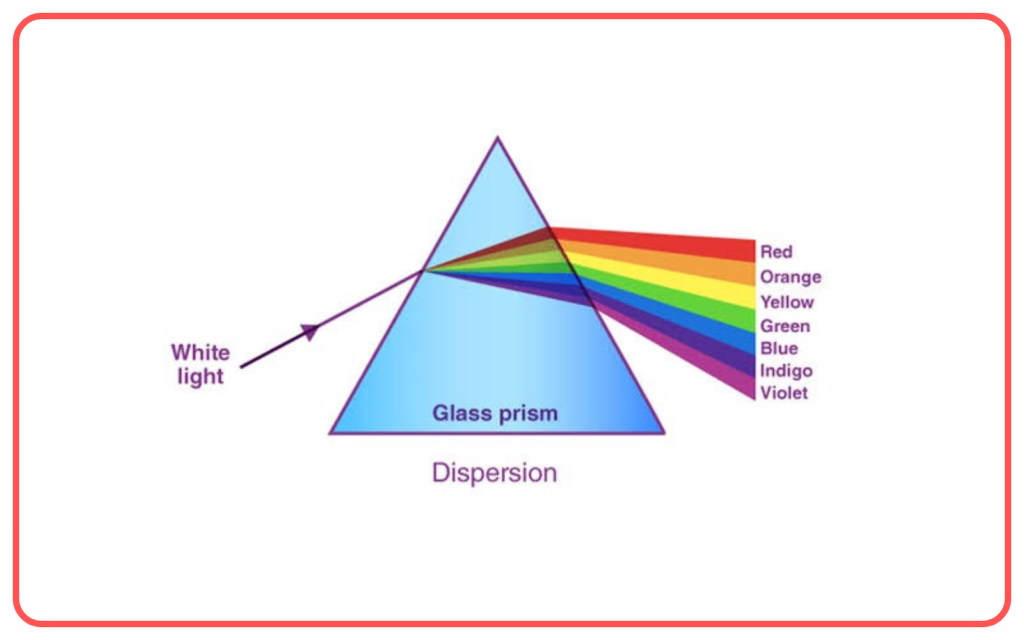
- Sir Isaac Newton was the first to experimentally demonstrate this phenomenon in the 17th century.
Prism:
- A glass prism is a transparent optical element with two flat surfaces and three rectangular sides.
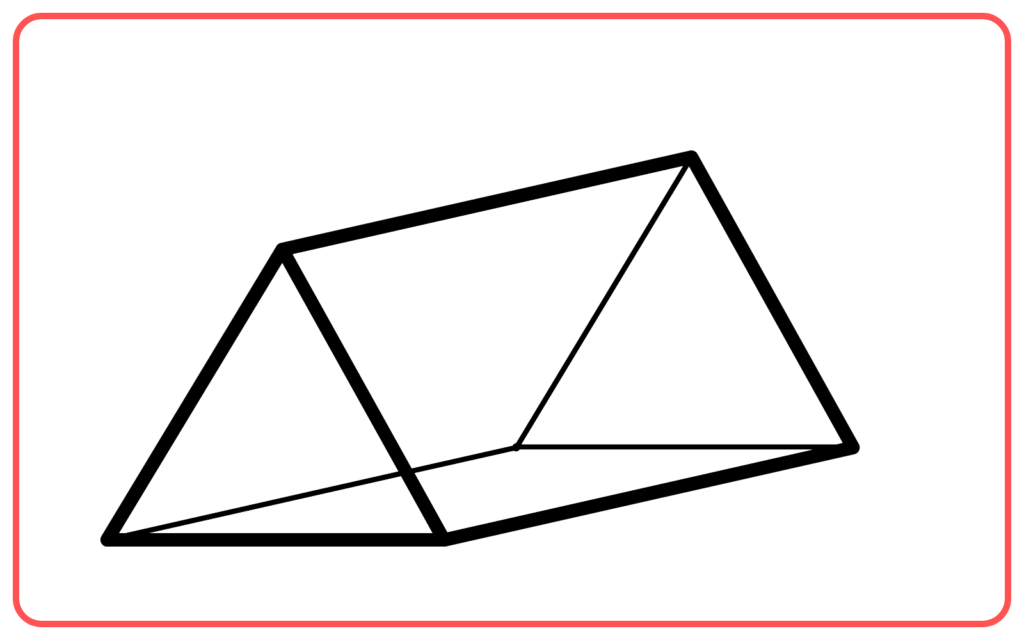
- Light enters one face of the prism, bends at the first surface, and exits through the other surface.
Dispersion of Light:
- White light is a combination of different colors of light, each with a different wavelength.
- When white light enters a prism, it slows down and bends (refracts) at the surface.
- Different colors of light have different wavelengths, so they bend by different amounts, causing them to spread out or disperse.
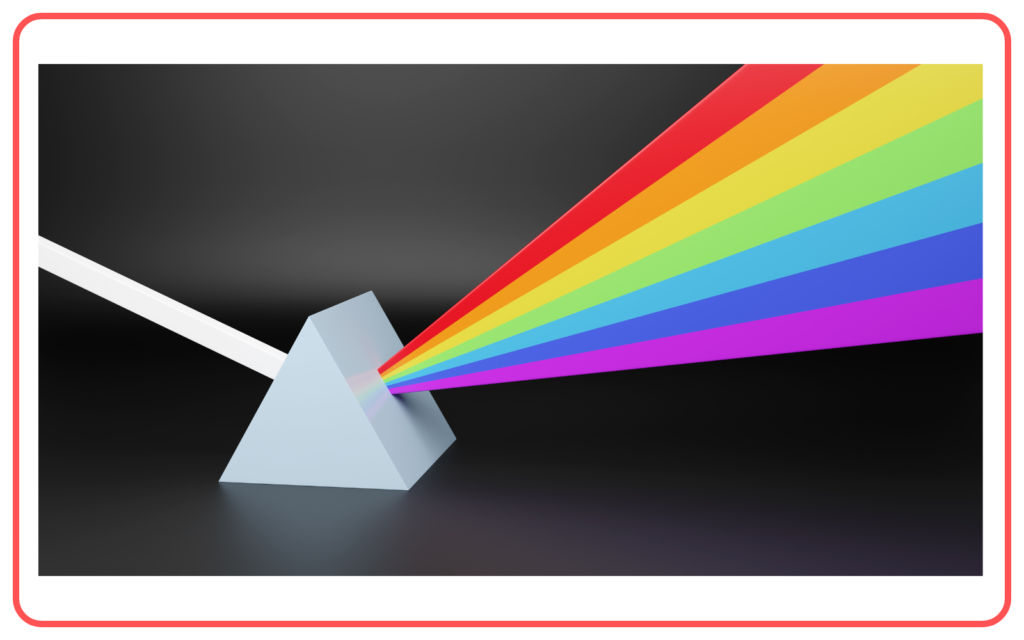
Colors of the Spectrum:
- As white light passes through a prism, it separates into a spectrum of colors in a specific order: red, orange, yellow, green, blue, indigo, and violet.
- This sequence of colors is often remembered using the acronym “ROYGBIV.”
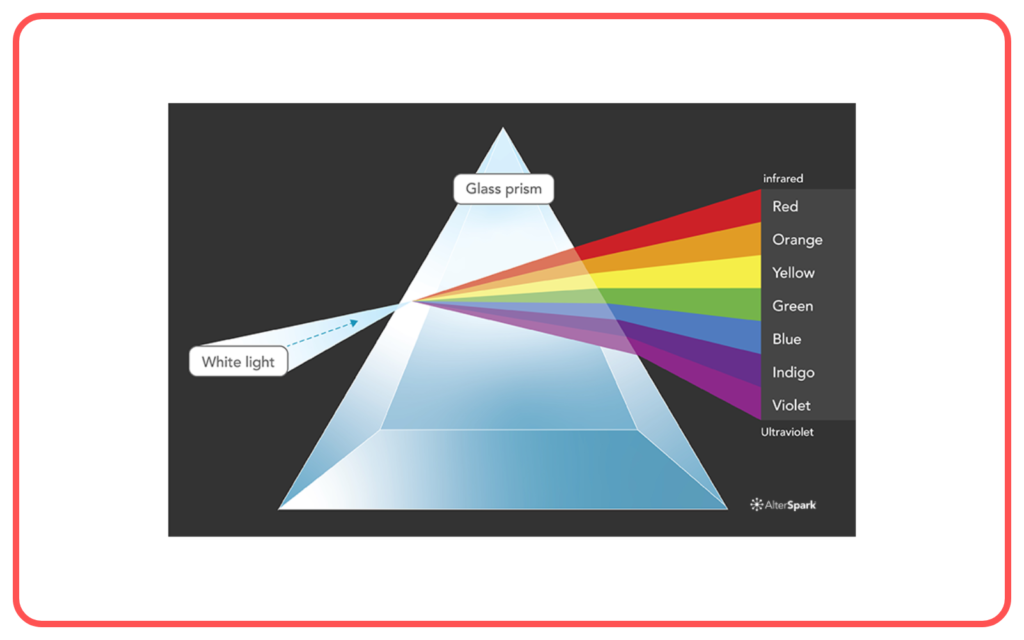
Explanation of Dispersion:
- The bending of light in a prism is due to a change in its speed as it travels from air (lower refractive index) to glass (higher refractive index).
- The shorter the wavelength of light, the more it bends or refracts, causing the dispersion.
Dispersion Angle:
- The angle at which different colors are dispersed is known as the dispersion angle.
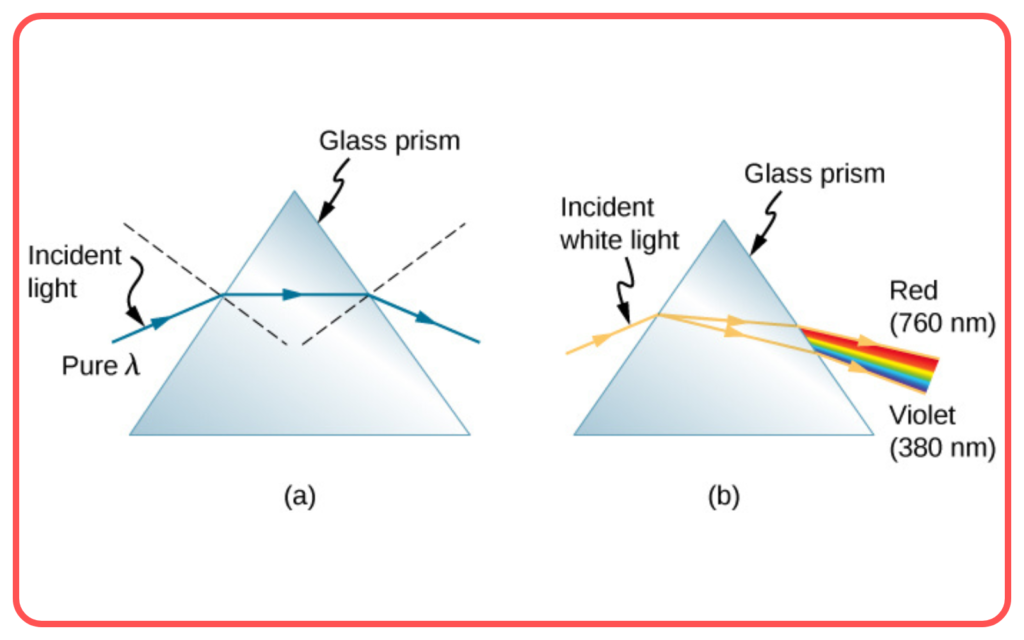
- The dispersion angle is largest for violet light and smallest for red light.
Recombination of Colors:
- When the dispersed colors exit the prism, they can be recombined to form white light by passing through another prism in an inverted position.
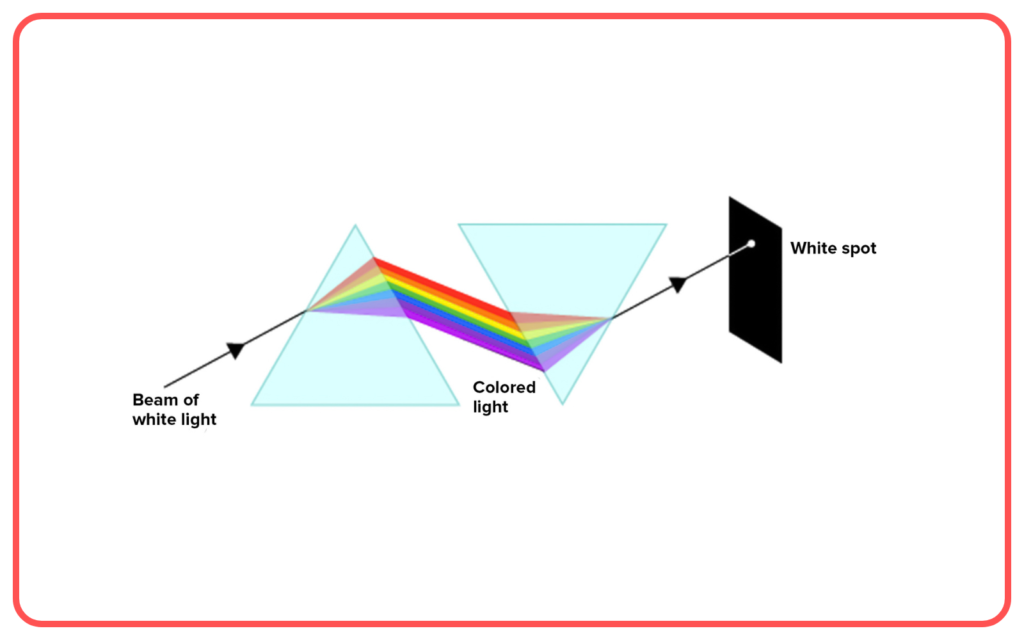
Applications:
- Dispersion is used in devices like spectroscopes to analyze the composition of light sources.

- It’s also essential in the functioning of optical instruments like binoculars and cameras.

Conclusion:
- Dispersion of white light by a glass prism demonstrates how different colors of light interact with matter and is a fundamental concept in optics.
Let’s practice!

